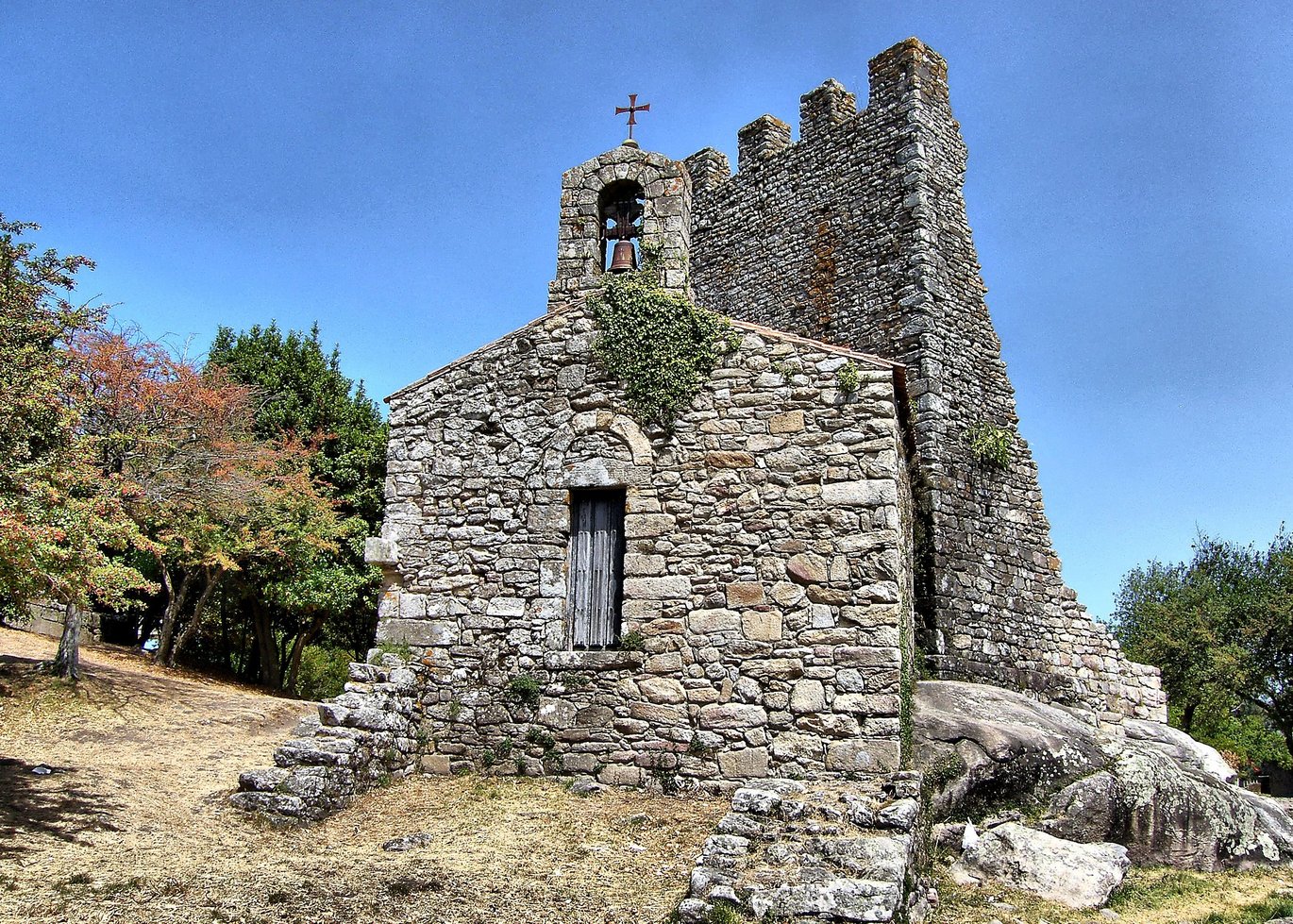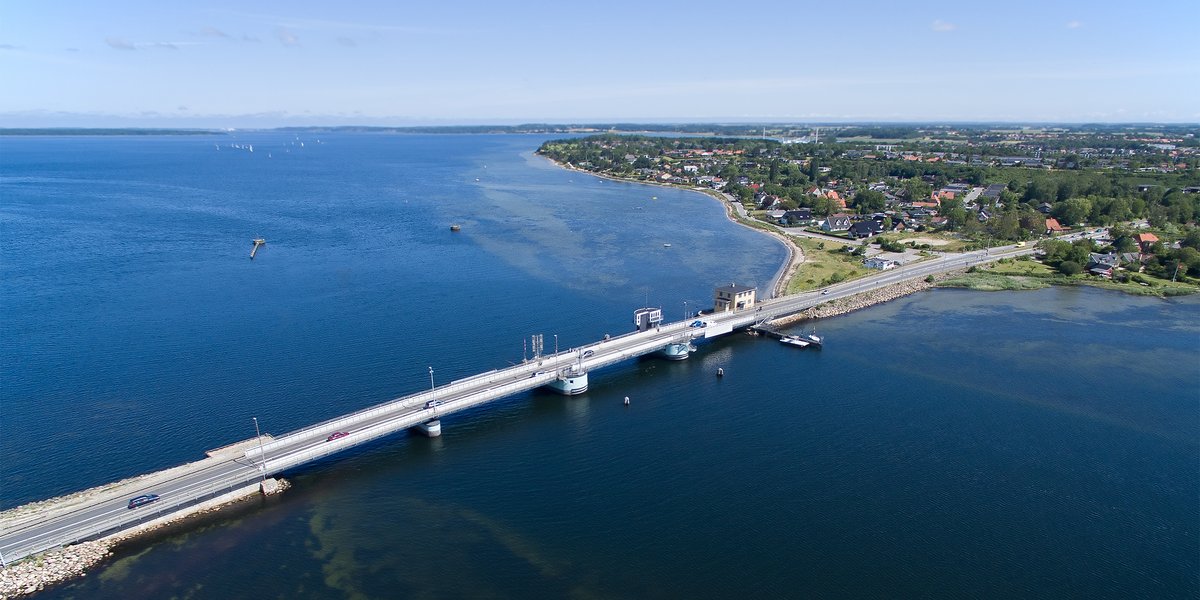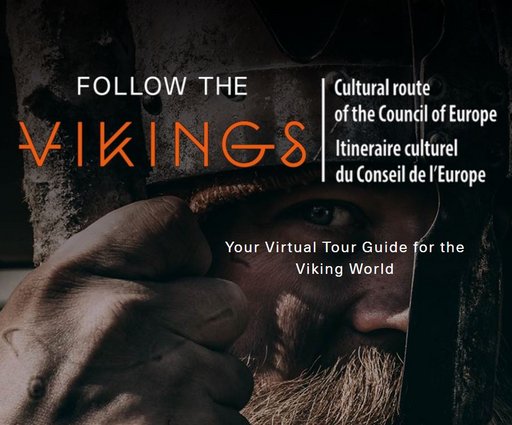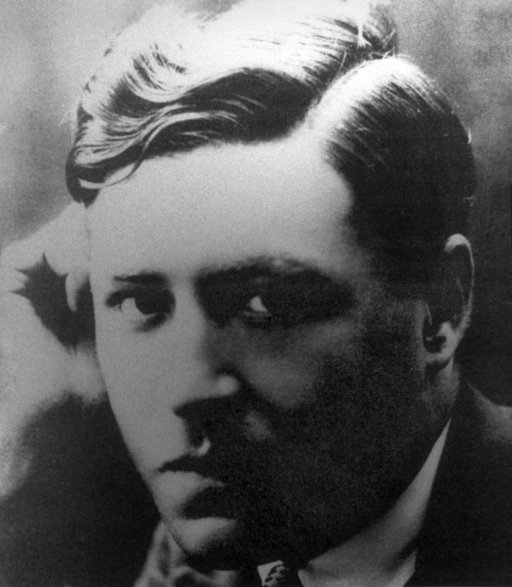Cultural perceptions of Denmark in Spain
How the Nordics and Denmark are perceived in Spain is influenced by the existing connections between the countries, including Viking history, joint architectural projects and travel writing – and cultural journalism. Cultural journalism goes beyond simply culture and journalism. While culture is as important as news and politics when forming a view of another country, it is equally important to have dialogues that go beyond stereotypes and mainstream thinking.

It is impossible to provide an exhaustive overview of the perception of the Nordic countries in Spain. However, it is important to remember that this perception is not only derided from economics or politics seen through traditional journalism, but also through the role of culture and cultural journalism. Literature, history and cultural journalism are among the important cultural sources which have influenced the Spanish viewpoint of the Nordics and, in this short article, I will identify some important examples pertaining to Denmark.
Tourism marketing certainly plays a role in the construction of Danish images in the Spanish imagination, but tourism goes both ways: It goes without saying that Spanish tourists may be interested in the Viking exhibitions and museums in the Nordic countries, but their viewpoint is also influenced by the Council of Europe’s Viking Destinations elsewhere. There is one in Spain called Torres del Oeste in Catoira, an Atlantic Spanish tower internationally known in the Viking pilgrimage and celebrated with an annual meeting to recreate the legendary battle between Norman and Galicia inhabitants in the ninth century.
Architecture and art can also go both ways, exemplified by the Spanish-Danish architects Frank Maali & Gemma Lalanda who have been nominated and have won various architectural prizes, including the Nykredits Funds Architecture Prize in 2019. Although there is in general little Nordic art in Spanish museums, in 2007 Barcelona and Copenhagen had a co-production project with the aim of bringing Danish artists to the city on the Mediterranean coast. The artists on that occasion were the acclaimed twentieth-century film maker C.T. Dreyer and the nineteenth-century painter Vilhelm Hammershøi. Despite Hammershøi’s works having travelled throughout Europe and North America, this was the first time they had been exhibited in Spain. Peder Kroyer, a contemporary of Hammershøi, travelled throughout Europe in the second half of the nineteenth century, including Spain, exchanging ideas with local artists. Kroyer is supposed to have met the Spanish Mediterranean painter Joaquin Sorolla at the 1889 Universal Exhibition in Paris.
Literature and memoirs by Spanish travelers to the Nordics also create particular perceptions of these countries. Josep Plá was a Spanish journalist who wrote a travel memoir called Cartas de Lejos (Letters from Afar) in 1980, which was the result of the journeys that he made in France, Great Britain, the Netherlands, Germany and the Nordic countries. Although ostensibly a journalist, Plá was actually not that interested in news, but rather in writing a type of literary and descriptive chronicle. In the book, Plá's gaze is subjective and, through thoughtful observations, he helps the Spanish reader to better understand the idiosyncrasies of the Nordic countries he visits. He refers to the Nordic urban organization of towns and villages and their sense of equality and community. As a visitor from a southern European country, the cold and darkness of the Nordic seas is not only a minor detail but written with memorable feeling, especially when arriving on a ferry from northern Germany. Cultural journalism’s – like Plá’s – has the ability to connect readerships from diverse European communities, emphasizing the differences and richness of European cultures.
And of course there are also Nordic travel books about Spain. The image of romantic Southern exoticism abounds in Hans Christian Andersen’s diaries, for instance. Interestingly, when I conducted surveys in a Castilian public library and interviewed numerous Spanish readers of Hans Christian Andersen, most of them were aware that he had written diaries on his European travels. On the other hand, when talking to Danish readers during a short stay in Odense in June 2014, few were aware of his travel diaries concerning Spain.
A place for cultural journalism
Some researchers point to the term “cultural journalism” as principally referring to material produced by the cultural desks at newspaper businesses traditionally labelled as culture, including fine arts and art journalism. But this definition is too limited in my view as cultural journalism is also an important basis for allowing channels of communication and rich cultural, social and intellectual exchange between countries - going beyond simply material produced about the latest film, play or art museum. In their book from 2018, Riegert, Roosvall and Widholm explain that cultural journalism shares many characteristics from normal journalism, but also:
“encompasses what is known as arts journalism. While arts journalism is characterized by reviews, critique, news, and essays about the arts and popular culture, cultural journalism has a broader take on culture, including lifestyle issues, societal debate, and reflective ethical discussion by cultural personas or expressed in a literary style. Both arts and cultural journalists see their work as “journalism with a difference,” evoking different perspectives and worldviews from those dominating mainstream news reporting….Moreover, it includes societal debate and ideological-political matters as discussed by cultural personas and intellectuals, or expressed in literary style.” (p.2)
My book in Spanish entitled Lars Von Trier y el Dogma 95, un viaje iniciático por la cultura danesa (Lars Von Trier and Dogma 95, an initiation journey through Danish culture) is written in an epistolary style and is inspired by cultural journalism, combining letters, journalistic interviews, illustrations and documents from my own field notebook during past visits to Denmark for work. It includes, for example, observations on learning about episodes to do with Ungdomhuset (the youth’s house) on Jagtvej 69 in Copenhagen; comparisons of female characters in Danish films compared to Italian films; socio-cultural characteristics of opera and jazz concerts in Denmark compared to the Mediterranean style of the same genre etc. Through journalistic person-to-person interviews with a wide range of artists, I learnt about cultural artefacts and masterpieces such as the paintings by Constantin Hansen, Hammershøi and Elizabeth Jerichau-Baumann, and the sculptures of Thorvaldsen, and was able to communicate information about them to a Spanish audience. I also read authors of the contemporary journalistic scene such as Carsten Jensen who enabled me to reflect on the European cultural context from a Danish perspective. In combining all these strands through cultural journalism, I aimed to highlight what brings us closer together as cultures from the North to the South of Europe, rather than on what separates us.

This article is not meant to be exhaustive. There are many more avenues and perspectives, such as, research on Pedro Caro y Sureda who served in Denmark between 1807 and 1809, ‘twinning’ between towns, such as Frederikssund (Denmark) and Catoira (Spain), Denmark's connection with Spanish Romanesque art through the St. James Way Pilgrimage Route (Camino de Santiago), as well as many others.
The author’s book was supported by the Association of Danish Filmmakers (Danske Filminstruktører) and the Spanish Ministry of Culture.
Further reading:
- J. Kroesen, Altares románicos en iglesias rurales de Dinamarca: I: El altar mayor. [Please add name in English]. (2015, Spain, Románico: Revista de arte de Amigos del Románico, 18, pp. 8-15).
- J. Pla, Cartas de lejos [Letters from Afar]. (2015, Spain, Ediciones Destino).
- K. Hannam and Ch. Halewood, European Viking Themed Festivals: An Expression of Identity. Journal of Heritage Tourism 1,1 (2006) pp.17-31.
- K. Riegert, Roosvall A. and A.Widholm, Cultural Journalism. (2018, Oxford Research Encyclopedias).
- M. De Luis Andrés, Lars Von Trier y el Dogma 95, un viaje iniciatico por la cultura danesa. [Lars Von Trier and Dogma 95, an initiation journey through Danish culture] (Spain, Ediciones JC; 2021).
Links:
- Sorolla and the Scandinavian by painters by A.B. Martin Flores (In Spanish). Published by the Spanish Ministry for Culture and Sport in 2013.
- An overview of information about Ungdomhuset (the youth’s house) in Copenhagen (In Danish).

